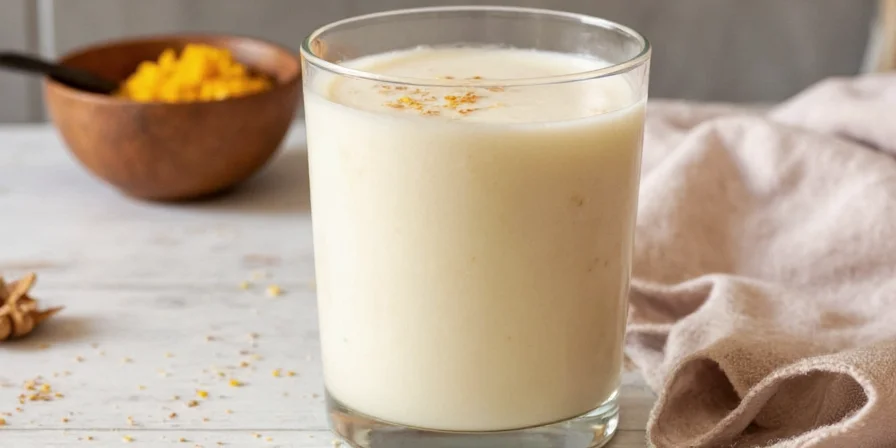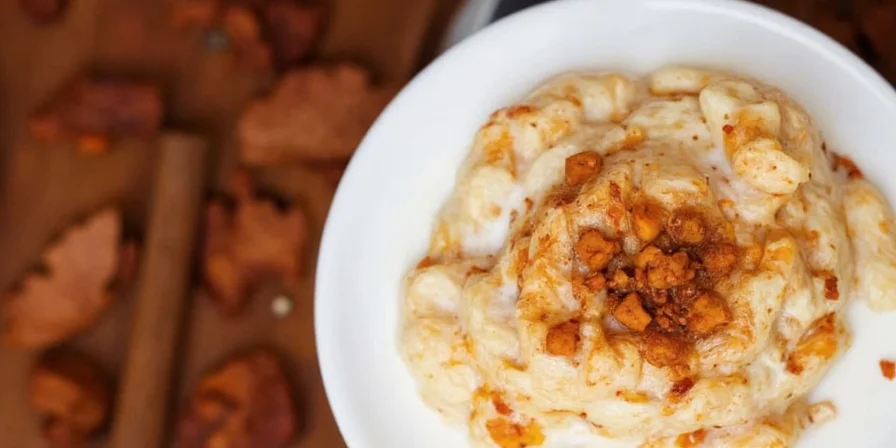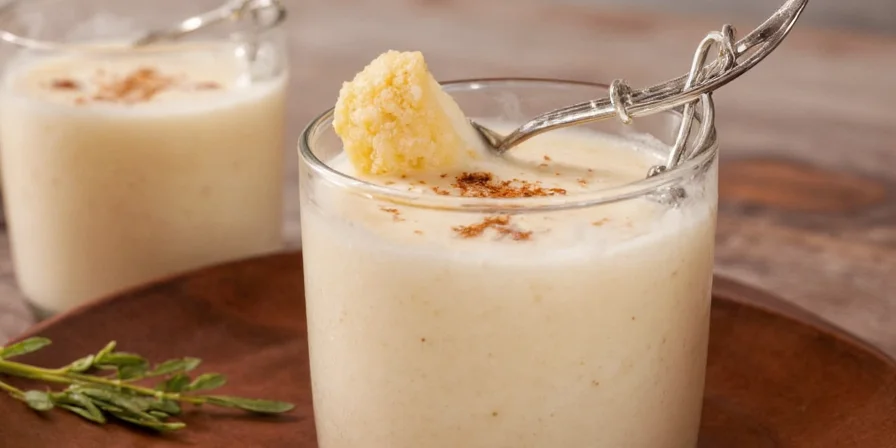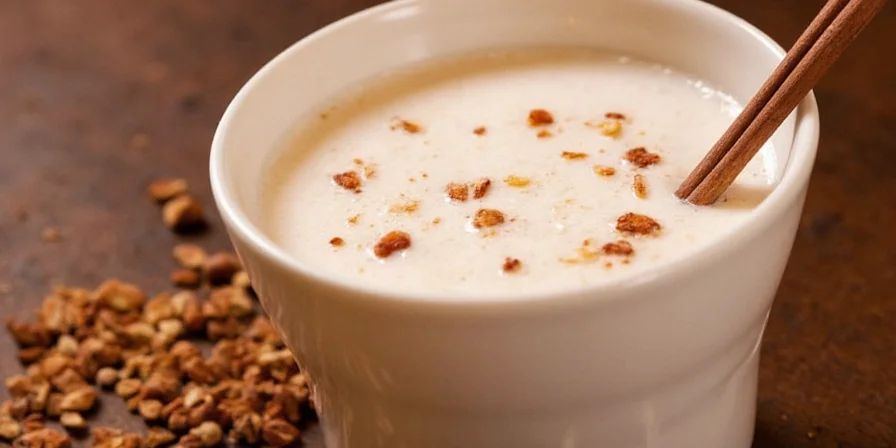Watalappan Recipe: The Spiced Milk Delight You Never Knew You Needed
The Origin of Watalappan – A Spice-Lover’s Journey
If you're into global spice traditions, then buckle up—because today we’re diving deep into one of Sri Lanka’s most aromatic desserts: Watalappan. Think of it as the spicier, more exotic cousin of flan or panna cotta. It's creamy, custardy, and packed with warm spices that'll make your kitchen smell like a spice bazaar after just one whiff.
Historically, Watalappan was a treat reserved for special occasions and family gatherings. Its roots trace back to Sri Lankan Moor communities, where it became a symbol of celebration and hospitality. And let me tell you—it’s not hard to see why!
Why Watalappan Belongs in Your Spice Repertoire
While many dessert custards rely on vanilla or citrus zest for flavor, Watalappan goes bold. This dish is all about balance—the sweetness of palm jaggery or treacle, the richness of coconut milk and eggs, and a bouquet of spices that dance together in harmony.
Here’s what makes it stand out:
- Spice Infusion: Cloves, cinnamon, nutmeg, cardamom—these are the real MVPs here.
- Texture Magic: Silky smooth with a slight bite from the caramelized bottom layer.
- Global Fusion: It’s got Middle Eastern roots (thanks to Arab traders) but evolved into something uniquely Sri Lankan.
Your Ultimate Watalappan Recipe – Step by Step
This version is easy to follow, customizable, and perfect whether you're a pro in the kitchen or still figuring out how not to burn water.
Ingredients
| Ingredient | Quantity |
|---|---|
| Eggs | 6 large |
| Coconut milk (full-fat) | 400 ml |
| Palm jaggery (or brown sugar) | 3/4 cup |
| Cinnamon sticks | 2 small |
| Cloves | 5–6 |
| Nutmeg (grated) | 1/4 tsp |
| Cardamom pods | 3–4 |
Instructions
- Caramelize the base: Melt jaggery in a pan over low heat until golden brown. Pour into ramekins or a baking dish and swirl to coat the bottom.
- Whisk the mixture: In a bowl, beat eggs, add coconut milk gradually, and mix well. Strain through a sieve for extra smoothness.
- Add the spices: Toss in cinnamon, cloves, nutmeg, and crushed cardamom pods. Stir well.
- Bake: Preheat oven to 325°F (160°C). Place filled ramekins in a water bath and bake for 45–50 minutes or until set.
- Chill & Flip: Let cool, refrigerate for at least 2 hours, then carefully flip onto serving plates.
Pro Tips for Perfecting Your Watalappan
Making Watalappan can be deceptively simple—but like any great dish, there’s nuance in the details. Here are some tried-and-true pro tips to level up your game:
- Straining is Key: Don’t skip straining! It removes any impurities and gives you that silky texture.
- Use Room-Temperature Eggs: Cold eggs can shock the caramel and cause curdling.
- Don’t Overbake: Like a good flan, it should have a gentle jiggle when done—residual heat finishes the job.
- Serve Chilled: This isn’t a hot dessert. Chill it well for optimal contrast between the cool custard and warm spices.
- Customize Your Spice Blend: Feel free to tweak ratios. Love cardamom? Go nuts. Nutmeg shy? Dial it down.
Spice Spotlight – What Makes Watalappan So Unique?
Let’s talk about the spice blend that sets Watalappan apart from other custards. Here's a quick comparison to highlight the impact each spice has:
| Spice | Flavor Profile | Role in Watalappan |
|---|---|---|
| Cinnamon | Woody, sweet, earthy | Bases the warmth and structure |
| Cloves | Strong, peppery, slightly bitter | Adds depth and complexity |
| Nutmeg | Earthy, nutty, subtly sweet | Enhances the dairy notes |
| Cardamom | Fragrant, floral, citrusy | Lifts the overall aroma |
Together, they create a layered, aromatic profile that lingers long after your last bite. It’s like a symphony in your mouth—each spice plays its part without overpowering the others.
Variations Around the World – Global Spice Traditions Meet Watalappan
Although rooted in Sri Lankan cuisine, similar custard-style desserts appear in many cultures influenced by spice trade routes. Here’s how different regions interpret this classic:
| Dish | Region | Key Differences |
|---|---|---|
| Crème Caramel | France | No spices, lighter texture, vanilla-based |
| Leche Flan | Spain / Philippines | Uses condensed milk, stronger egg flavor |
| Haleemah (Khaleeji) | Gulf Countries | Sometimes includes saffron or rosewater |
| Kheer | India | Rice-based, often uses cardamom and raisins |
Each culture adds its own twist based on available spices and local tastes—proving once again that spices truly connect us across borders.
FAQ: Spice Up Your Watalappan Game
Can I use canned spices instead of whole ones?
Yes, but whole spices release a cleaner, more complex flavor when steeped slowly in the custard base.
How long does Watalappan last in the fridge?
Up to 4 days. Store covered to avoid absorbing fridge smells.
Can I make this vegan?
Absolutely! Substitute eggs with silken tofu or agar agar, and use plant-based milk.
Final Thoughts – Why Watalappan Is Worth the Effort
So, is Watalappan worth the effort? Absolutely. It’s not just a dessert—it’s an experience. One that brings together centuries of spice trade history, cultural fusion, and culinary artistry in a single spoonful.
Whether you’re a professional chef looking to expand your global dessert repertoire or a home cook eager to impress with something different, Watalappan is a must-try. Just remember: take your time, respect the spices, and let the magic happen slowly.
Now go forth—and bring the soul-warming flavors of Sri Lanka to your next dinner party or lazy Sunday brunch!
Image Gallery
















 浙公网安备
33010002000092号
浙公网安备
33010002000092号 浙B2-20120091-4
浙B2-20120091-4